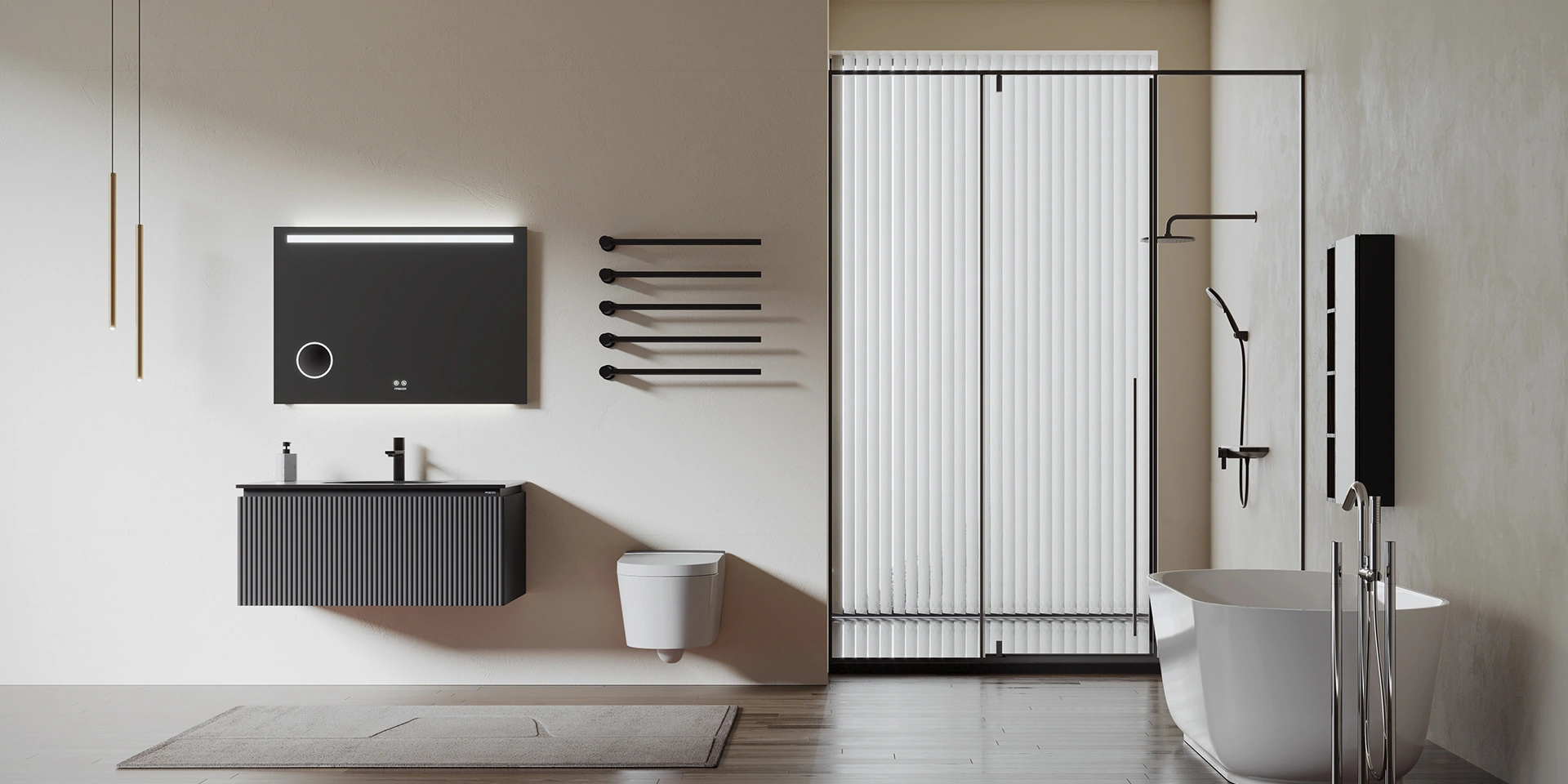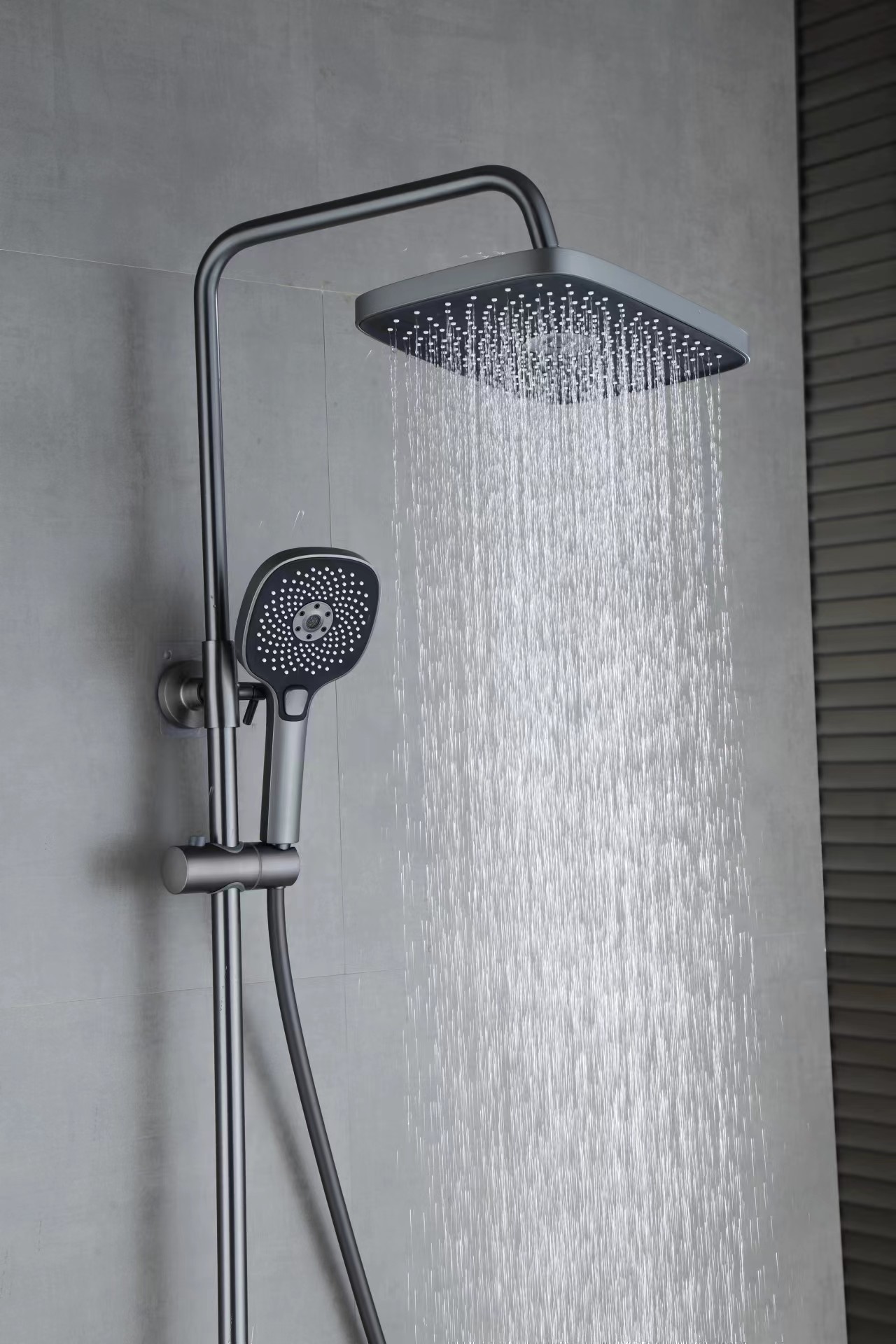The Art of Sealing: Exploring the Versatility of Butyl Sealant Strip
Release time:
2024-08-09
The Art of Sealing: Exploring the Versatility of Butyl Sealant Strip
Table of Contents
1. Introduction to Butyl Sealant Strips
2. What is Butyl Sealant?
3. Properties of Butyl Sealant Strips
3.1. Flexibility and Durability
3.2. Weather Resistance
3.3. Adhesion and Cohesion
4. Common Applications of Butyl Sealant Strips
4.1. Construction Industry
4.2. Automotive Sector
4.3. Electrical Installations
5. Advantages of Using Butyl Sealant Strips
6. How to Properly Use Butyl Sealant Strips
6.1. Surface Preparation
6.2. Application Techniques
7. Frequently Asked Questions (FAQs)
8. Conclusion
1. Introduction to Butyl Sealant Strips
In the world of sealing solutions, **butyl sealant strips** stand out due to their remarkable versatility and effectiveness. These strips, made from a synthetic rubber compound known as butyl, are designed to provide a strong seal for a variety of applications. From construction to automotive uses, butyl sealant strips offer a reliable solution to prevent moisture intrusion, air leakage, and other environmental impacts.
2. What is Butyl Sealant?
Butyl sealant is a type of adhesive sealant that is primarily made from polyisobutylene, a synthetic rubber. This unique composition allows butyl sealants to be both flexible and durable, making them ideal for sealing joints and gaps in a wide range of structures and equipment. Unlike traditional silicone or acrylic sealants, butyl offers superior adhesion to a variety of surfaces and maintains its properties over time, even in extreme weather conditions.
3. Properties of Butyl Sealant Strips
Understanding the properties of butyl sealant strips is essential for leveraging their advantages in various applications. Here are the primary characteristics that make these strips a preferred choice:
3.1. Flexibility and Durability
Butyl sealant strips are known for their impressive **flexibility**, allowing them to conform to irregular surfaces and movements. This flexibility helps maintain a tight seal even when subjected to temperature fluctuations or structural shifts. Furthermore, the durability of butyl ensures that the seal remains intact for years, reducing the need for frequent repairs or replacements.
3.2. Weather Resistance
One of the standout features of butyl sealant strips is their **weather resistance**. They can withstand harsh UV rays, moisture, and extreme temperatures without losing adhesion or integrity over time. This makes them particularly useful in outdoor applications where exposure to the elements is a concern.
3.3. Adhesion and Cohesion
The **adhesive properties** of butyl sealant strips allow them to bond effectively with various materials, including metal, glass, and plastic. This strong adhesion ensures a long-lasting seal that can handle the stresses of movement, vibration, and pressure. Additionally, butyl's cohesive strength prevents it from breaking apart under stress, further enhancing its performance.
4. Common Applications of Butyl Sealant Strips
The versatility of butyl sealant strips makes them suitable for numerous applications across different industries. Here are some of the most common uses:
4.1. Construction Industry
In the construction industry, butyl sealant strips are often utilized for sealing windows, doors, and roofing materials. They provide an effective barrier against water and air infiltration, contributing to the energy efficiency of buildings. **Commercial and residential construction projects** benefit significantly from the reliability of butyl sealants in various sealing applications, including panel joints and flashing details.
4.2. Automotive Sector
The automotive industry heavily relies on butyl sealant strips for weatherproofing vehicles. These strips are used in the installation of windshields, rear windows, and sunroofs, where a strong, flexible seal is crucial to prevent leaks and maintain the integrity of the vehicle’s interior. The effectiveness of butyl sealants in automotive applications ensures that vehicles remain safe and comfortable for passengers.
4.3. Electrical Installations
Butyl sealant strips are also essential in electrical installations, where they provide moisture protection for connections and junction boxes. By preventing water intrusion, butyl sealants help maintain electrical safety and performance, making them a critical component in residential and commercial electrical systems.
5. Advantages of Using Butyl Sealant Strips
There are numerous advantages to using butyl sealant strips over other sealing materials:
- **Long-lasting Performance**: Butyl sealants boast a long service life, reducing the need for frequent maintenance or replacement.
- **Versatile Applications**: Their adaptability allows for a broad range of uses across various industries.
- **Cost Efficiency**: Due to their durability and longevity, butyl sealant strips can lead to cost savings in the long run by minimizing repairs.
- **Easy Application**: Butyl sealants can be easily applied, often requiring minimal surface preparation, making them user-friendly for both professionals and DIY enthusiasts.
6. How to Properly Use Butyl Sealant Strips
To maximize the performance of butyl sealant strips, follow these essential guidelines for proper application:
6.1. Surface Preparation
Thoroughly clean the surfaces where the butyl sealant will be applied. Remove any dust, grease, or old sealant remnants to ensure optimal adhesion. Dry the surfaces completely before proceeding with the application.
6.2. Application Techniques
When applying butyl sealant strips, it is crucial to follow the manufacturer's instructions. Press the strip firmly onto the prepared surface, ensuring even contact without gaps. For added security, smooth the edges with a tool or your finger to create a solid bond and enhance the seal.
7. Frequently Asked Questions (FAQs)
1. How long does butyl sealant last?
Butyl sealant strips can last for several years, often exceeding a decade in optimal conditions. Their longevity depends on environmental factors and proper application.
2. Can butyl sealant be painted over?
Generally, butyl sealants are not ideal for painting. If a painted finish is desired, consider using a compatible paintable sealant instead.
3. Is butyl sealant safe for indoor use?
Yes, butyl sealants are safe for indoor applications. They have low odor and do not release harmful fumes, making them suitable for residential use.
4. Can butyl sealant be removed once applied?
While butyl sealant can be removed, it may require solvents or scraping tools, as it adheres strongly to surfaces. Care should be taken to avoid damaging the underlying material.
5. What surfaces can butyl sealant bond to?
Butyl sealant strips bond well to various surfaces, including metal, glass, plastic, and concrete, making them versatile for different applications.
8. Conclusion
In conclusion, butyl sealant strips represent a blend of innovation and practicality in the sealing materials industry. Their **flexibility**, **weather resistance**, and **strong adhesion** make them an invaluable asset in various applications, ranging from construction to automotive and beyond. By understanding their properties and proper usage, we can harness the full potential of butyl sealants to deliver effective sealing solutions that stand the test of time. Whether you are a professional contractor or a DIY enthusiast, incorporating butyl sealant strips into your projects will undoubtedly enhance quality, performance, and durability.
Related News
Share
 Ruigad@Ruigad.com
Ruigad@Ruigad.com
 0592-6363076
0592-6363076








